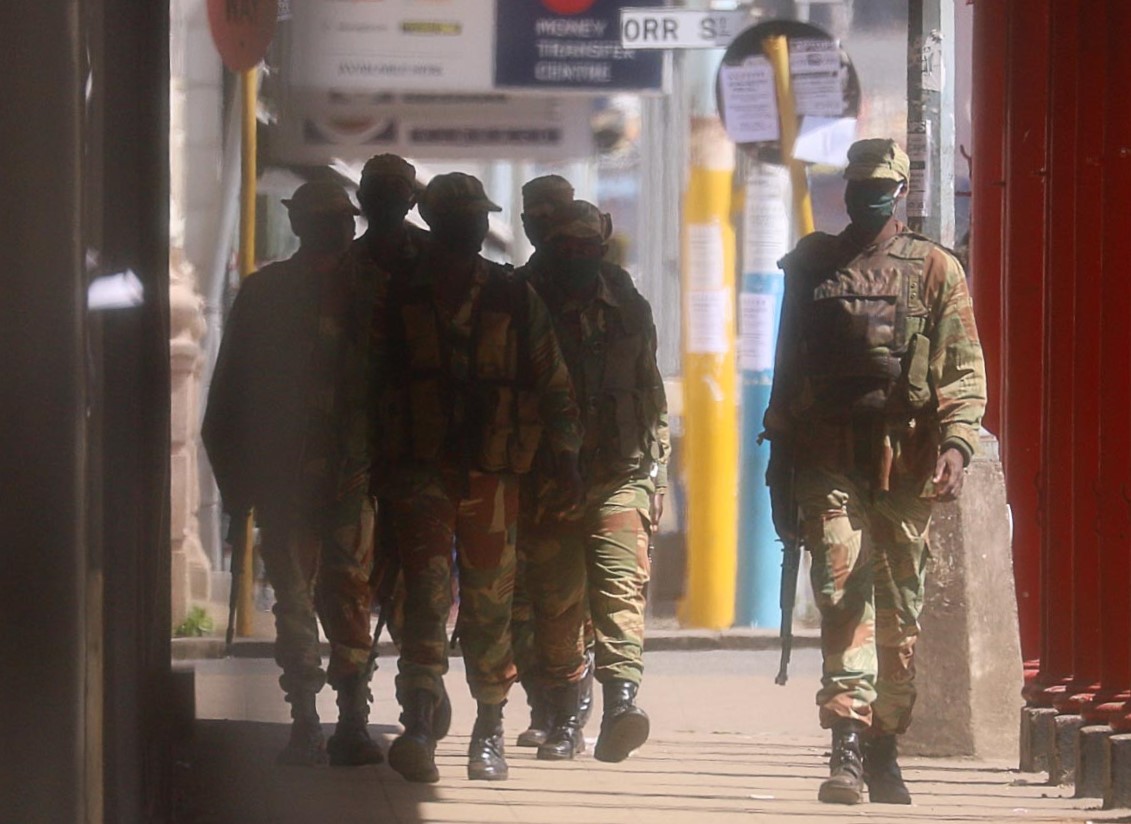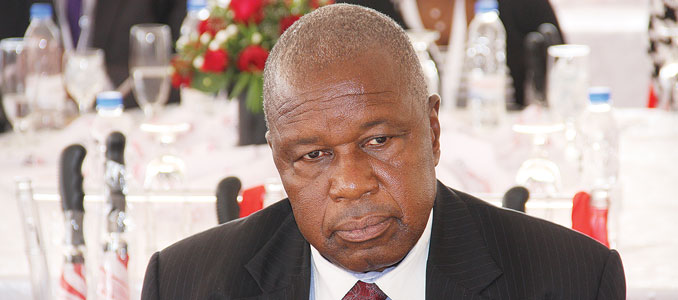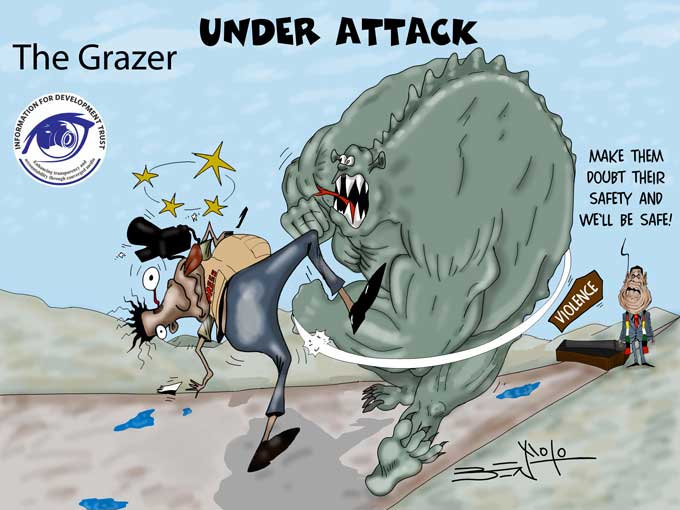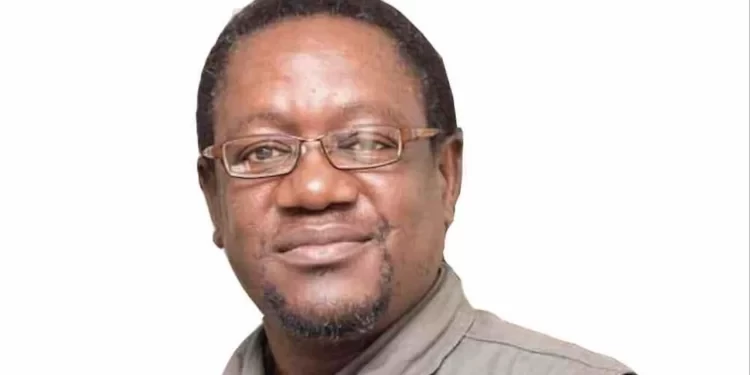
By Fay King Chung
The Zimbabwe military, with its past history as the liberation movements of Zanla and Zipra, and partnered with the Rhodesian forces, is recognised as one of the best in Africa.
It is also recognised as one of the best worldwide by the United Nations, which regularly utilises its soldiers for peace-keeping missions all over the world.
This study analyses how the 2019 budget was divided and utilised, with a view to examining whether the budget satisfies the developmental needs of Zimbabwe.
It will place special emphasis on the role of the military within the development programme.
The Proposed Budget Estimates for the Year ending December 31, 2020, outlines the expenditure classification of functions of government in 2019, in RTGS (Source: Ministry of Finance and Economic Development, Proposed Budget Estimates for the Year ending December 31, 2020, p. 16. This is the main source of figures for this paper.)
It outlines 10 sub-categories, summarised into three main categories, as follows:
Category a): Defence, Public Order and Social Protection;
- Chamisa under fire over US$120K donation
- Mavhunga puts DeMbare into Chibuku quarterfinals
- Pension funds bet on Cabora Bassa oilfields
- Councils defy govt fire tender directive
Keep Reading
Category b): Education, Health, General Public Service, Recreation and Religion; and
Category c): Economic Affairs, Housing and Amenities, and Environment.
These three categories cover the whole of the 2019 budget of RTGS 21 730 019 000 (equivalent to US$2 650 billion at the exchange rate of 1:82).
The table that follows outlines the amounts for categories a), b) and c)
The table indicates very clearly that the state is spending much more on items a) and b), totalling 66.94% of the budget.
Item c) largely covers repayment of loans and payment of interest for debt.
The table indicates that there was very little allocated for actual economic expansion.
The amount for economic expansion was confined to RTGS 628 471 400, or 2.9% of the total budget, for housing and amenities as summarised under c) in the table.
The same publication indicates that there are 268 366 personnel in the public service, not including the security personnel.
Former Finance minister Patrick Chinamasa stated in Parliament when presenting his last budget in 2016 that there were 550 000 personnel employed by the state.
The estimates do not state how many security personnel are employed every year, but we can assume from the above figures that they amount to about another quarter of a million personnel.
It is to be noted that there were only 40 000 civil servants employed in 1980 (Source: Jeremy Herbst, State Politics In Zimbabwe, University of Zimbabwe Publications, 1990, p.30).
The newly-formed military force in 1980 Zimbabwe comprised about 45 000 troops, 15 000 from each of Zanla, Zipra and the Rhodesian army.
These brief figures accurately summarise the 2019 budget. Budgets for the past two decades of Independence follow the same pattern.
They show that there is inadequate focus on economic growth.
It is, therefore, not surprising that there has been little economic growth during this period.
It is well known that it is the state which influences the pattern of investment in any country.
The failure of the Zimbabwe state to invest in economic expansion over the past two decades has provided the model both for domestic and foreign investments.
Yet the number employed in the civil service and security forces has increased sixfold since Independence.
State employment is of crucial importance, but should not be the main source of employment growth.
Certainly the population has doubled during the 40 years of independence, but the per capita income has not increased.
Taking into consideration these factors, Zimbabwe faces a serious challenge regarding how well it is spending the limited amount of money it has in its budget.
It is of critical importance that employment should increase, but at the same time the economic wealth of the country should also increase commensurately.
There are a number of ways to resolve this challenge.
One important way is to look at the development challenges facing the country, such as the importation of two-thirds of the food needs of the country;Â the under-utilisation of agricultural land despite two very ambitious land resettlement programmes (1980s and 2003 onwards);Â the deterioration of infrastructure like roads, railways, water and electricity; etc.
Economists recommend that about 25% of the state budget should be devoted to infrastructure and economic growth.
It is essential that Zimbabwe follows this well accepted rubric.
With such a large and capable military force, it is possible to utilise these highly trained and well educated personnel in developmental work. Zimbabwe is not embroiled in a war at this time.
Military personnel can be trained to work on infrastructure building and maintenance;Â these functions are routinely done by armed forces in countries as different as China, the United States and Zambia.
The Zimbabwean armed forces do engage in such work voluntarily, having built colleges, schools and hospitals in the past.
Given sufficient funding, materials, training and support, they can do this on a much grander scale in the future.
Small-scale dams could be built to enable communal and small-scale farmers to cater for the three years of drought Zimbabwe faces every five years.
Just as Zimbabwe was able to build 6 000 schools in the first 20 years of Independence, it can build 6 000 small dams over the next two decades.
Zimbabwe’s roads have deteriorated disastrously, yet they can be fully restored.
One excellent example is that of former US president Franklin D Roosevelt, who created one million agricultural jobs during the severe period of poverty and recession in the 1930s.
This is an excellent model for Zimbabwe.
A similar model was utilised by China in the 1960s and 1970s, where the armed forces farmed close to farms run by peasant communes, introducing new agricultural equipment such as tractors, fertiliser combined with manure (a big Chinese innovation), and improved manual labour.
Nearer home, the Zambian Army constructed many of the excellent roads the country enjoys. The world is full of such examples.
The very large public service utilises an enormous percentage of the state budget as salaries, reportedly as much as 90% of it in some years.
It would be appropriate if, instead, a substantial amount of it is reserved for housing mortgages, as so many state employees do not own their own housing. Public servants can be supported to own their own flats and houses.
In conclusion, it is the state, i.e., the government, which must show leadership in policies, technical training, supervision, and organisation as well as funding.
The military is immediately under the state, and its brilliant and disciplined leaders and staff can certainly do as well as Roosevelt’s United States, Mao’s China and Kaunda’s Zambia. The time for it is now.
- Â Chung was a secondary school teacher in the townships; lecturer in polytechnics and university; teacher trainer in the liberation struggle and United Nations civil servant. These weekly Insights articles are coordinated by Lovemore Kadenge, independent consultant, past president of the Zimbabwe Economics Society and past president of the Institute of Chartered Secretaries and Administrators in Zimbabwe. Email: [email protected] Mobile No. +263 772 382 852










